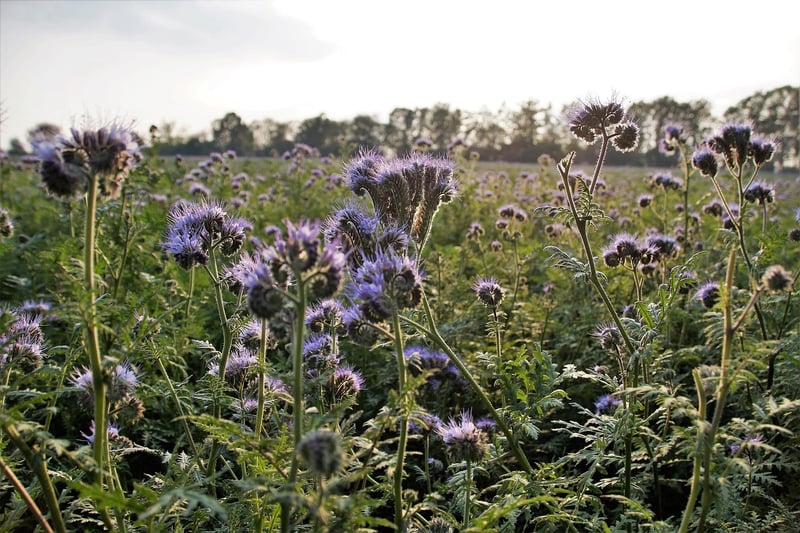Fertilizing Plants
Maintenance Advice for Healthy Plants
1. Proper Watering
Water your plants carefully, ensuring not to overwater or underwater them. Different plants have different water requirements, so it's important to research your specific plant's needs.
2. Adequate Sunlight
Place your plants in locations where they can receive the appropriate amount of sunlight. Some plants thrive in direct sunlight, while others prefer indirect light.
3. Regular Pruning
Prune your plants regularly to remove dead or decaying parts. This helps promote new growth and keeps your plants healthy and vibrant.
4. Proper Drainage
Ensure that your plant pots have adequate drainage holes to prevent waterlogging, which can lead to root rot. Use well-draining soil to help maintain proper moisture levels.
5. Monitor for Pests and Diseases
Keep an eye out for any signs of pests or diseases on your plants. Early detection can help prevent the spread and damage caused by infestations.
Fertilizing Plants
1. Choose the Right Fertilizer
Use a fertilizer that is suitable for the type of plants you have. Different plants have different nutrient requirements, so choose a fertilizer that meets their specific needs.
2. Follow Instructions
Read the instructions on the fertilizer package carefully and follow the recommended dosage. Over-fertilizing can harm your plants, so it's essential to apply the fertilizer as directed.
3. Timing is Key
Fertilize your plants during their active growing season for the best results. Avoid fertilizing during dormant periods, as plants may not be able to utilize the nutrients effectively.
4. Application Methods
Apply fertilizer evenly around the base of the plant, taking care not to concentrate it in one area. Water the plant after fertilizing to help the nutrients reach the roots.
5. Monitor Plant Response
Observe how your plants respond to the fertilizer. Healthy plants will show improved growth and vibrancy, while signs of over-fertilizing include burnt leaves or stunted growth.


